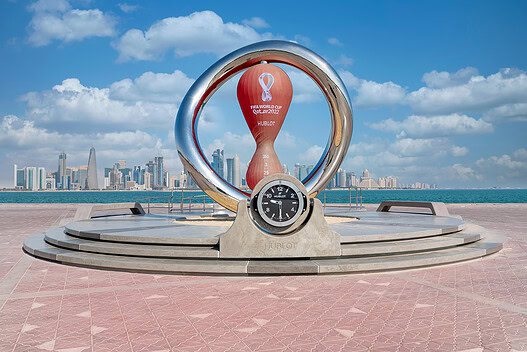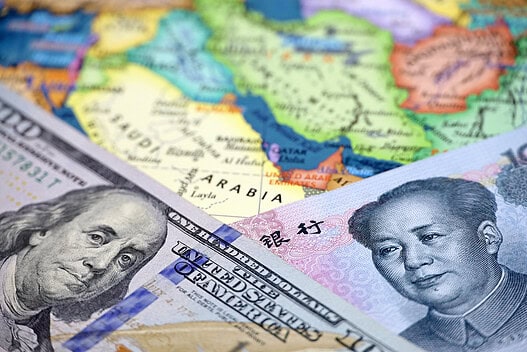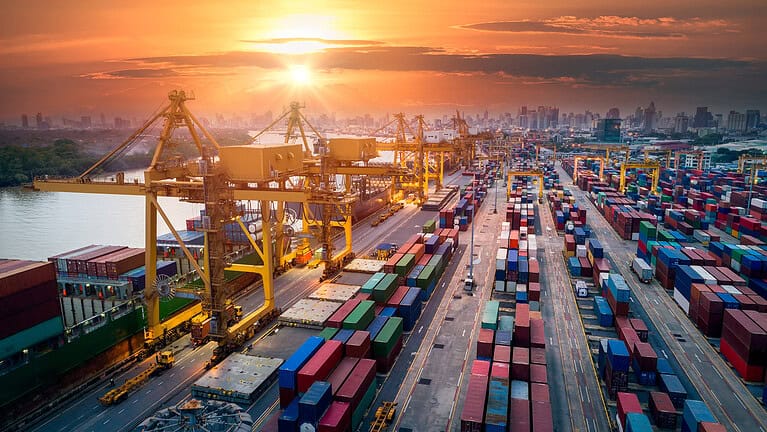Includes historical data for Saudi Arabia’s Gross Domestic Product growth, debt-to-GDP ratio and more, as well as information on trade, banking and financial sector leadership.
Economy Driven By Hydrocarbons—For Now
A key oil producer with over 15% of the world’s proven reserves, Saudi Arabia is undergoing a major economic transformation under its Vision 2030 plan. The program aims to diversify the economy away from oil, which accounts for about 60% of its public revenues and 75% of its exports. Accordingly, the government’s focus is raising the quality of human capital, improving public administration efficiency and attracting capital from abroad. It is a bourgeoning transport and logistics hub that links Asia, Europe and Africa, yet some concerns among foreign investors persist regarding transparency, political risk, and state involvement the economy.
Macroeconomy & Sovereign Data
| Type of Government | Absolute monarchy |
|---|---|
| Capital | Riyadh |
| Sovereign Ratings |
S&P: A– Moody’s: A1 Fitch Ratings: A+ |
| Total Population | 33.5 million |
| Median Age | 29.6 |
| Adult Per Capita Income (PPP) | 74,774.61 |
| Total GDP (2023) | 1.1 trillion |
Saudi Arabia GDP & Economic Overview
Most Recent Content
Saudi Arabia
Banking & Finance
Trade & Investment
| Total Exports | USD 183.7 billion (2023) |
|---|---|
| Leading Exports |
Crude Petroleum Refined Petroleum Ethylene Polymers Plastics Fertilizers |
| Total Imports | USD 403.3 billion (2022) |
| Leading Imports |
Cars Broadcasting Equipment Garments Gold Refined Petroleum |
| Source: | World Integrated Trade Solution |
Saudi Arabia Leading Companies
| Saudi Aramco | Oil & Gas Exploration & Production |
|---|---|
| The Saudi National Bank | Financials |
| Al Rajhi Bank | Financials |
| Riyad Bank | Financials |
| ACWA Power | Utilities |
| Saudi Telecom | Telecommunication Services |
| Saudi Arabian Mining | Materials, Metals & Mining |
Major Trade Partners — Import
| China | 19% |
|---|---|
| United States | 11% |
| United Arab Emirates | 8% |
| India | 5% |
| Germany | 5% |
Source: World Integrated Trade Solution
Major Trade Partners — Export
| Unspecified | 60% |
|---|---|
| United Arab Emirates | 5% |
| China | 4% |
| India | 3% |
| Egypt | 3% |
Source: World Integrated Trade Solution
Global Finance Rankings & Awards
Data Sources:
UN World Population Prospects
World Inequality Report
S&P Global Ratings
Moody’s
Fitch Ratings
IMF Direction of Trade Statistics (DOTS)
UN Conference on Trade and Development (UNCTAD)
CIA The World Factbook
World Bank’s World Integrated Trade Solution
Forbes Global 2000







